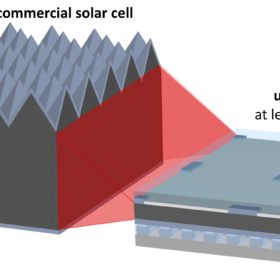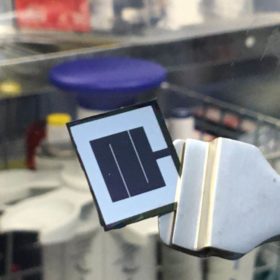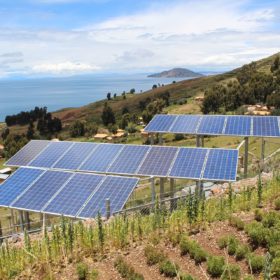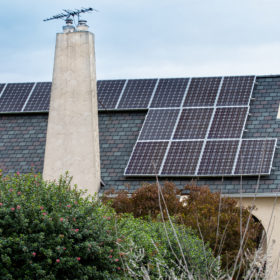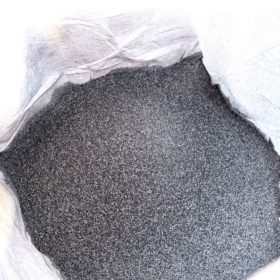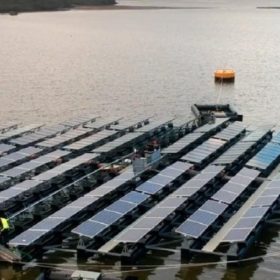Carbon nanotube gives batteries a boost
Scientists in the U.S. examined the use of different conductive filler materials in a lithium-ion battery electrode, finding that adding single walled carbon nanotubes to a nickel-cobalt-manganese cathode resulted in better electrical conductivity and higher rate capability for the overall battery. The results, according to the group, could provide new insights into design of high power, high energy battery electrodes.
Pension funds and corporates could save the world
The second edition of the clean energy investment report produced by IRENA says the industry needs to unlock the $87 trillion being sat on by the world’s biggest investment houses – ‘greening’ the $100 trillion global bond market would help too.
Hurdles ahead for viable ultra-thin solar cells
A new French study highlights the potential of ultra-thin PV cells, but the road to commercial production will be challenging. The researchers have proposed a series of novel cell architectures integrating photonic and electronic elements.
European Council reaches €1.82tn budget agreement with parliament
The parliament and EU member states will now mull the proposed budget for 2021-27 which includes a €750 billion Covid recovery package and a Strategic Investment Facility it is hoped will unlock €150 billion for renewables and energy storage to 2027.
Hidden costs for scaling perovskite cells
Scientists in Australia conducted a detailed cost analysis for perovskite-on-silicon tandem PV cells, based on several possible iterations of the technology. The research identifies areas where unexpectedly high costs might prove a bump in the road toward commercialization and suggests ways these might be reduced.
Standalone PV with pumped storage could deliver LCOE of $0.053/kWh
A new Indian study shows that standalone PV systems combined with pumped storage could be a solution to energy poverty in developing nations. This easily deployable, chemical-free approach might be best in countries that lack battery-recycling rules, the researchers said.
DC voltage regulation technique for grid-connected solar-plus-storage
Researchers in India have developed a new method to operate a solar-plus-storage system in a stable manner under varying operating conditions. They claim that their novel technique enables the regulation of the DC link voltage and is able to compensate reactive power while supplying active power to a local load in grid-connected operation.
New method to recover silicon from end-of-life modules
Compared to other techniques based on chemical reactors and organic solvents, the proposed method is said to be able to maintain a “good mechanical yield” in the recovered solar cells. According to its creators, this technique allows the reuse of silicon from the recycled panels in the production of new solar cells.
Open-source method to build flexible floating PV systems
A U.S.-Finnish research team has developed an after-market method to adapt commercially available flexible thin-film solar panels for applications in floating PV projects. The special panel design can be applied to three types of floating materials, including neoprene, mincell, and polyethylene.
‘Floating PV systems are storm-resistant’
Netherlands-based Floating Solar says its pilot floating PV project at the port of Rotterdam has been able to withstand four severe storms.


